How to Create PLA® Probes
Extending the Possibilities with In Situ PLA Technology
Duolink™ kits use in situ PLA®, a proximity ligation assay technology, to accurately and objectively quantify individual proteins, and their interactions and modifications in unmodified cells and tissue. Direct detection and localization of protein interactions are achieved with unparalleled specificity and sensitivity – down to single molecule resolution. Duolink™ In Situ Probemaker extends your possibilities even further by allowing you to create your own PLA probes to meet specific assay requirements.
- Study homodimers
- Study protein-protein interactions with two primary antibodies derived from the same species
- Study protein-protein interactions with primary antibodies from any species
Using Duolink™ In Situ Probemaker PLUS and MINUS you simply conjugate the PLUS and MINUS oligo arms directly to your antibodies in a quick and convenient procedure. As well as providing unique capabilities, this also means there is no longer any limitation as to which species your primary antibodies have to be derived from in order to perform a Duolink™ assay. In order to perform a complete Duolink™ assay, combine one Duolink™ In Situ Probemaker PLUS, one Duolink™ In Situ Probemaker MINUS, and the appropriate Duolink™ In Situ Detection Reagents.
Study Homodimers
Duolink™ In Situ Probemaker provides you with the unique ability to study homodimeric complexes by labeling two aliquots of a monoclonal antibody. Label one with the PLUS oligo and the other with the MINUS oligo (Figure 1).
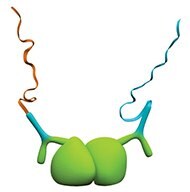
Figure 1.Detection of homodimers.
Use Antibodies from same Species
Study protein-protein interactions, protein modifications, or single proteins, using two primary antibodies derived from the same species. Label one of the antibodies with the PLUS oligo and the other with the MINUS oligo (Figure 2).
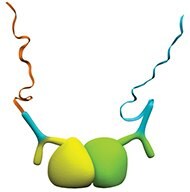
Figure 2.Detection of protein interactions using primary antibodies from the same species.
Use Antibodies from any Species
Study protein-protein interactions, protein modifications, or single proteins, using one or both primary antibodies derived from species other than mouse, rabbit or goat. Label one of your secondary antibodies with the PLUS oligo and the other with the MINUS oligo, or combine one labeled secondary antibody with a standard secondary Duolink™ In Situ PLA probe (Figure 3).
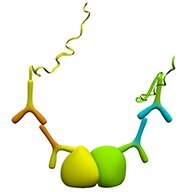
Figure 3.Detection of protein interactions using one or both primary antibodies derived from species other than mouse, rabbit, or goat.
Application Example
Same species antibodies used for phosphorylation study
Phospho-specific antibodies are notorious for high levels of non-specific binding to closely related conserved kinase target sites, compromising data from phosphorylation studies. Duolink™ overcomes this problem by enabling the use of dual recognition– with one primary antibody against the target protein and one primary antibody against the specific phosphorylated site. In this application example, Duolink™ In Situ Probemaker was used with two mouse antibodies, one against the EGFR protein and one against phosphorylated tyrosines.
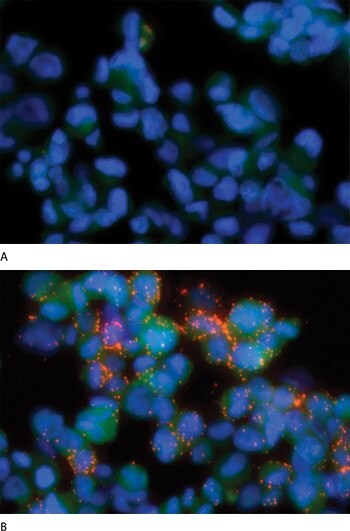
Figure 4.Detection of phosphorylated EGF receptors using Duolink™ In Situ Probemaker. EGFR phosphorylation was detected by in situ PLA (red PLA signals) in A431 cells. A431 cells were either left untreated (A), or stimulated with rhEGF for 2 min (B). Two primary antibodies, one against the EGFR protein and the other against phosphorylated tyrosines, were directly conjugated to unique DNA strands using Duolink™ In Situ Probemaker PLUS and MINUS according to the Duolink™ Probemaker Instructions. The cells were counterstained with anti-actin (green) and DAPI (blue) to visualize the cytoplasm and nucleus, respectively.
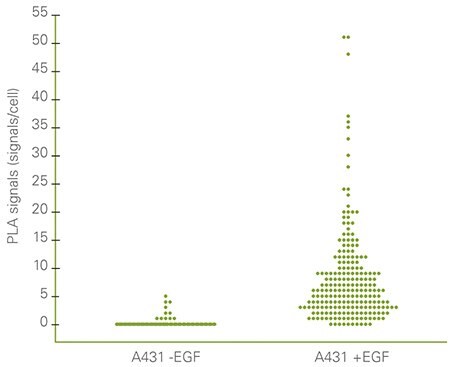
Figure 5.Single cell statistical analysis – quantification of phosphorylated EGFR in A431 cells. Each data point represents the presence of phosphorylated EGF receptors per cell in untreated cells and cells stimulated with rhEGF. Quantification was made using Duolink™ ImageTool.
Antibody Requirements
- Concentration and volume: The antibody to be conjugated must have a concentration of 1 mg/mL. Do not use higher volumes than 20 μL for conjugation.
- Buffer: The antibody must be in an amine free buffer, ideally PBS. The buffer should be carrier free but may contain up to 0.1% BSA, 5% trehalose, or 0.02% sodium azide.
Storage Temperature
Store the unused kit at -20 °C. Recommended storage temperature after conjugation is at 2-8 °C.
Duolink™ In Situ Probemaker PLUS and MINUS kits include all necessary reagents, buffers, and solutions for conjugation of the Duolink™ oligonucleotide arm to your antibody. For a complete Duolink™ assay you will also need Duolink™ In Situ Detection Reagents Fluorescence or Brightfield.
To continue reading please sign in or create an account.
Don't Have An Account?